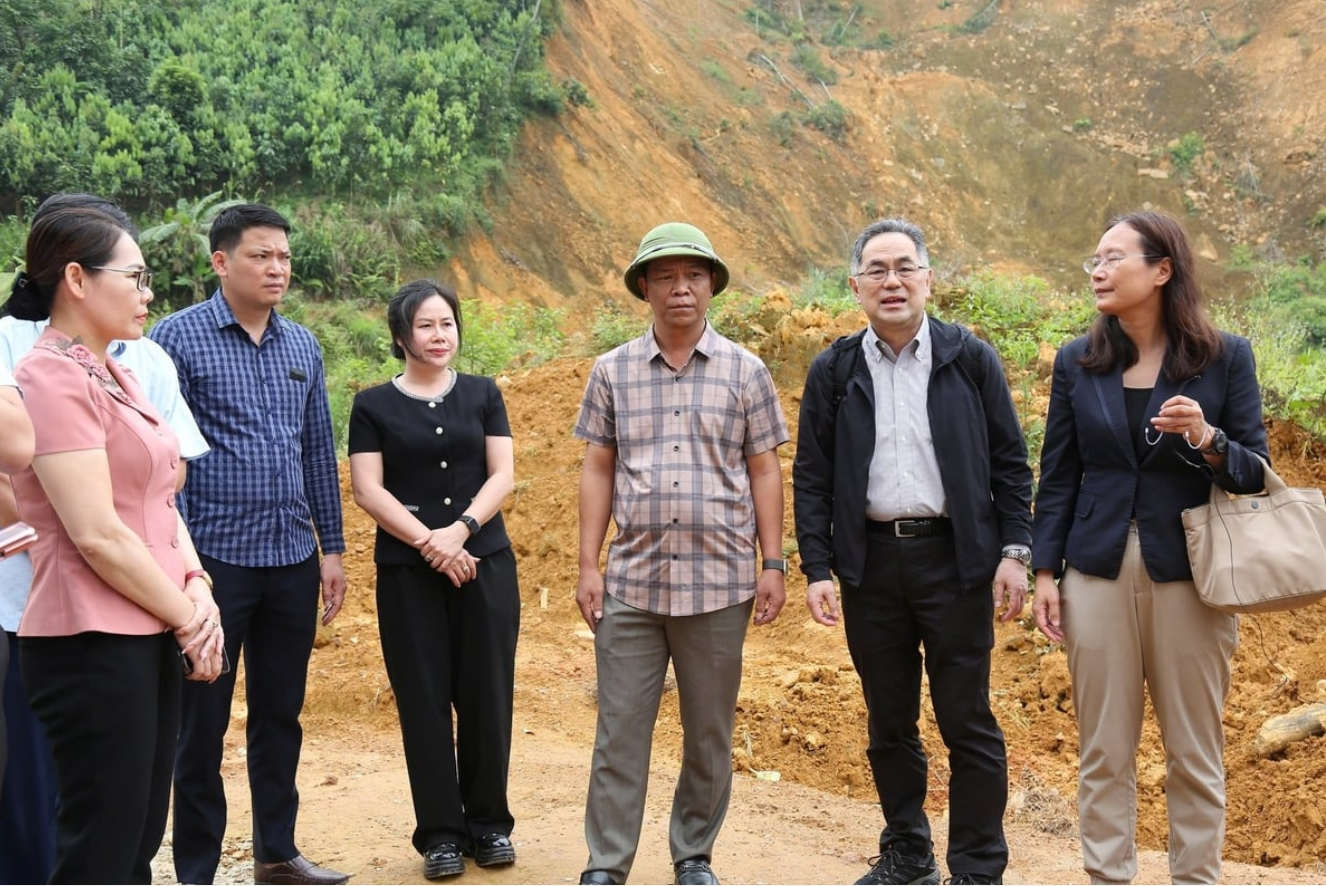On May 14, the Yen Bai Provincial Department of Agriculture and Environment and the Department of Dyke Management and Natural Disaster Prevention and Control under the Ministry of Agriculture and Environment (MAE) held a working session with a delegation from Japan’s Ministry of Land, Infrastructure, Transport and Tourism (MLIT), representatives of JICA, and Japanese enterprises.
The meeting aimed to strengthen cooperation in disaster prevention and recovery efforts.
At the session, Deputy Director of the Yen Bai Department of Agriculture and Environment Nguyen Thai Binh reported on the severe impact of natural disasters in the province during 2024. A total of 21 disaster events resulted in 56 fatalities, damage to nearly 28,500 houses, and negative effects on more than 8,200 hectares of agricultural and forest land. Hundreds of thousands of livestock were also lost. The estimated economic loss exceeded VND 5.7 trillion (approximately USD 225 million).
 A working delegation from the Department of Dyke Management and Natural Disaster Prevention and Control (Ministry of Agriculture and Environment) and the Ministry of Land, Infrastructure, Transport and Tourism of Japan works in Yen Bai. Photo: Thanh Tien.
A working delegation from the Department of Dyke Management and Natural Disaster Prevention and Control (Ministry of Agriculture and Environment) and the Ministry of Land, Infrastructure, Transport and Tourism of Japan works in Yen Bai. Photo: Thanh Tien.In response to these disasters, Yen Bai Province promptly implemented emergency relief efforts, resettled severely affected households, and supported agricultural recovery and the repair of critical infrastructure, with total investment reaching hundreds of billions of dong. Notably, the province received substantial support from international aid sources and contributions from domestic organizations and individuals.
The Japanese delegation conducted an on-site survey at At Thuong hamlet, Minh Xuan commune, Luc Yen district – location most affected by a landslide in September 2024 that claimed nine lives and destroyed several homes, prompting urgent evacuations. While the area still shows signs of destruction, affected residents have been relocated to a new resettlement area and have begun rebuilding their livelihoods.
During the meeting, Mr. Nguyen Thai Binh proposed Japanese support for installing monitoring, forecasting, and early warning systems, particularly targeting flash floods, landslides, and debris flows to enhance local disaster preparedness and response. He also suggested collaboration in developing landslide risk maps and implementing pilot projects on slope stabilization using Japanese standards to increase safety in high-risk areas.
In response, Mr. Shin Ishikawa, Secretary to the MLIT, expressed deep sympathy for Yen Bai's losses and praised the province’s swift and effective disaster response. He reaffirmed Japan’s commitment to continued technical cooperation with Vietnam, sharing expertise, technology, and experience in disaster risk reduction to help minimize future damage.
The proposed cooperation in creating hazard risk maps and improving early warning capabilities represents a critical step toward protecting communities and promoting sustainable development in disaster-prone regions of Vietnam.